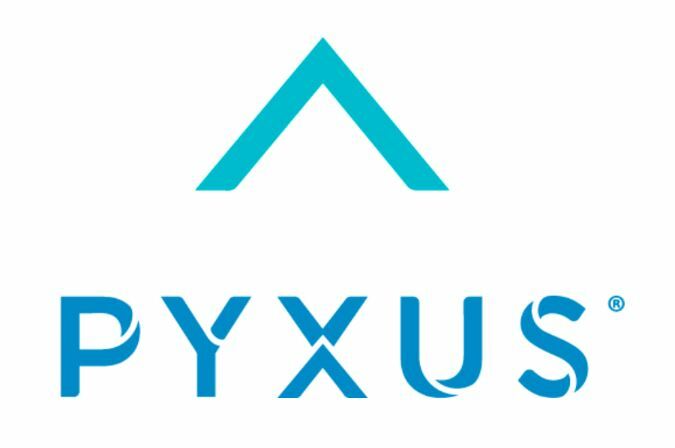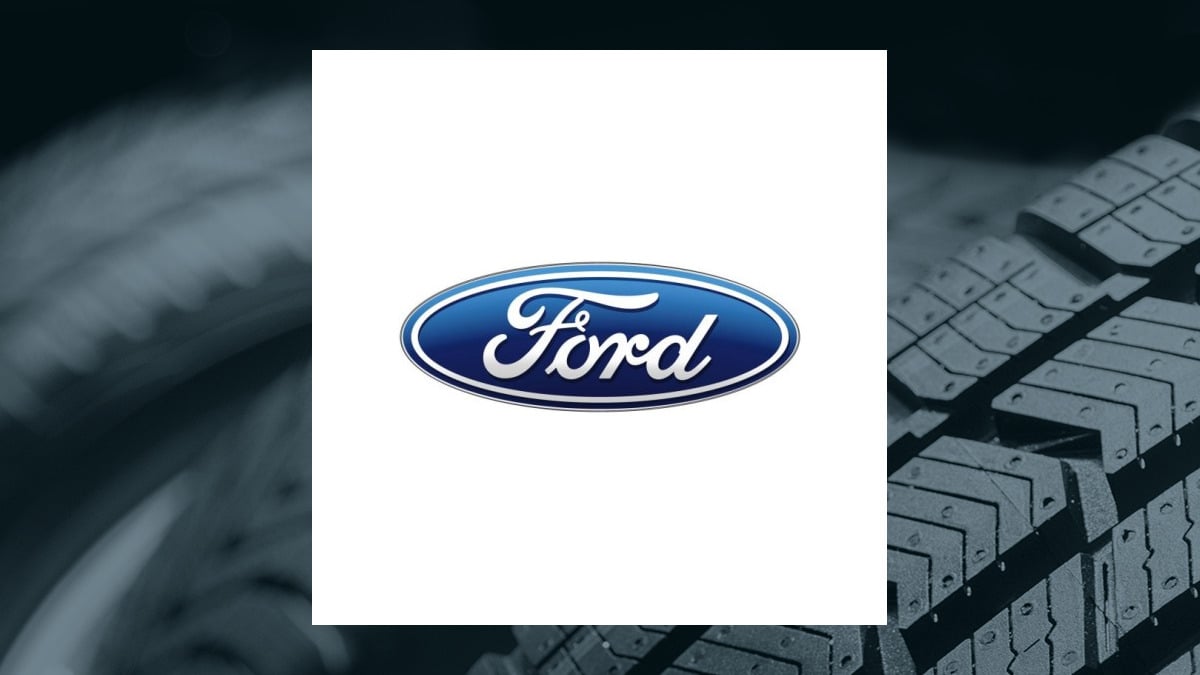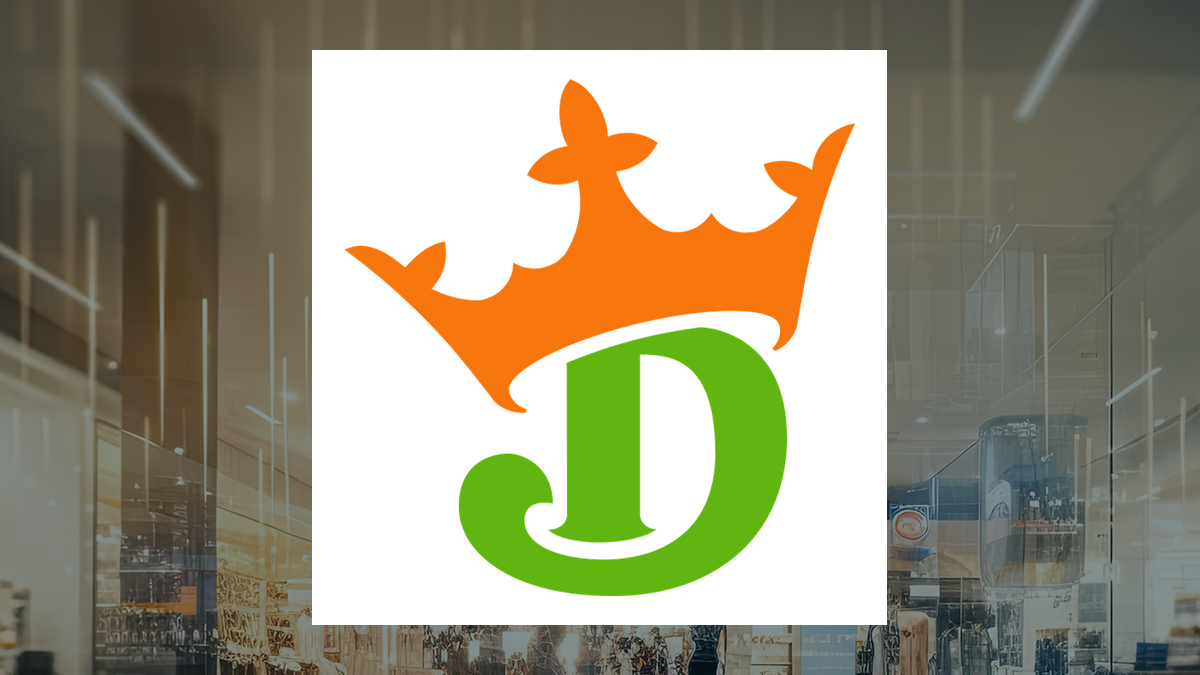
DETROIT (AP) — Stubbornly high warranty expenses and lagging cost-cutting efforts are holding back Ford Motor Co.'s profits this year, causing the company to lower its full-year earnings guidance. That pushed the company's stock price down 6% in trading after Monday's closing bell.
The Dearborn, Michigan, automaker, which reported third-quarter earnings Monday, said its net profit tumbled nearly 26% as it took $1 billion in accounting charges to write down assets for a canceled three-row electric SUV . Ford said it made $892 million from July through September, compared with $1.2 billion it made a year earlier.
But excluding the one-time items, the company made an adjusted pretax profit of $2.6 billion, or 49 cents per share. That beat analyst estimates of 46 cents, according to FactSet.
Revenue rose 5.5% to $46.2 billion, also beating Wall Street predictions.
Ford reduced its full-year pretax income guidance to $10 billion, at the low end of the $10 billion to $12 billion it expected at the end of the second quarter, spooking investors. “Cost, especially warranty, has held back our earnings power, but as we bend that curve, there is significant financial upside for investors,” CEO Jim Farley told analysts on a conference call. Chief Financial Officer John Lawler said warranty costs were slightly below the third quarter of last year, but still high.
The company wouldn't give numbers until it files its quarterly report with securities regulators on Tuesday but said costs will be higher than a year ago. Ford reported $800 million of increased warranty costs for the second quarter of this year. Farley has been trying to get a handle on warranty costs for the past four years.
In October of 2020, he said the company was working to cut quality-related repairs after glitch-prone small-car transmissions hit the automaker’s bottom line. Ford has said that it has a $7 billion cost gap with competitors, and Lawler said Monday it has made progress on that figure. The problem is competitors, which he did not identify, are cutting costs too.
“We’ve taken cost out, but we’re not doing it at a pace faster than our competition,” he told analysts. Ford has removed $2 billion in material, freight and labor costs this year, but that was offset by warranties and inflation at its Turkish joint venture, he said. He said Ford is focused on reducing warranty and other costs, which will show up in later quarters.
The company's plans are working, as evidenced by 10 straight quarters of revenue growth, Lawler said. Farley said Ford has restructured its operations in Europe, South America, India and China, which collectively lost $2.2 billion in 2018 but together are profitable now.
For instance, China, including exports, has contributed over $600 million to pretax earnings this year, Farley said. “We’re going to continue to stay laser-focused on cost and getting leaner as a company,” he said. Ford reduced electric vehicle costs by $1 billion this year, remaking its battery manufacturing operation, trimming its capacity by 35%, Farley said.
That will help the company weather a tough competitive electric vehicle environment as competitors offer low-cost leases with about 150 new models coming to North America by the end of 2026, he said. Once again, Ford Pro, the company's commercial vehicle unit, led the company with $1.81 billion in pretax profits, followed by Ford Blue, which makes gas and hybrid vehicles, at $1.
63 billion. Model e, Ford's electric vehicle business, lost $1.22 billion in the quarter.
Farley said future EVs will be profitable within the first 12 months after going on sale, and it's working to take costs out of existing EVs. A small team in California, he said, is working on a midsize electric pickup truck that will match the cost structure of Chinese manufacturers who may build in Mexico in the future, he said. Industry analysts say Chinese automaker BYD in particular has much lower manufacturing and design costs than U.
S. automakers, and that should be a wakeup call for the American companies. In May, President Joe Biden announced major new tariffs on Chinese EVs and other goods.
Republican Donald Trump also has proposed tariffs on Chinese goods..














